
STAR Gains Access to “Wimpy” Quarks and Gluons
Low-momentum (wimpy) quarks and gluons contribute to proton spin, offering insights into protons’ behavior in all visible matter.

Low-momentum (wimpy) quarks and gluons contribute to proton spin, offering insights into protons’ behavior in all visible matter.
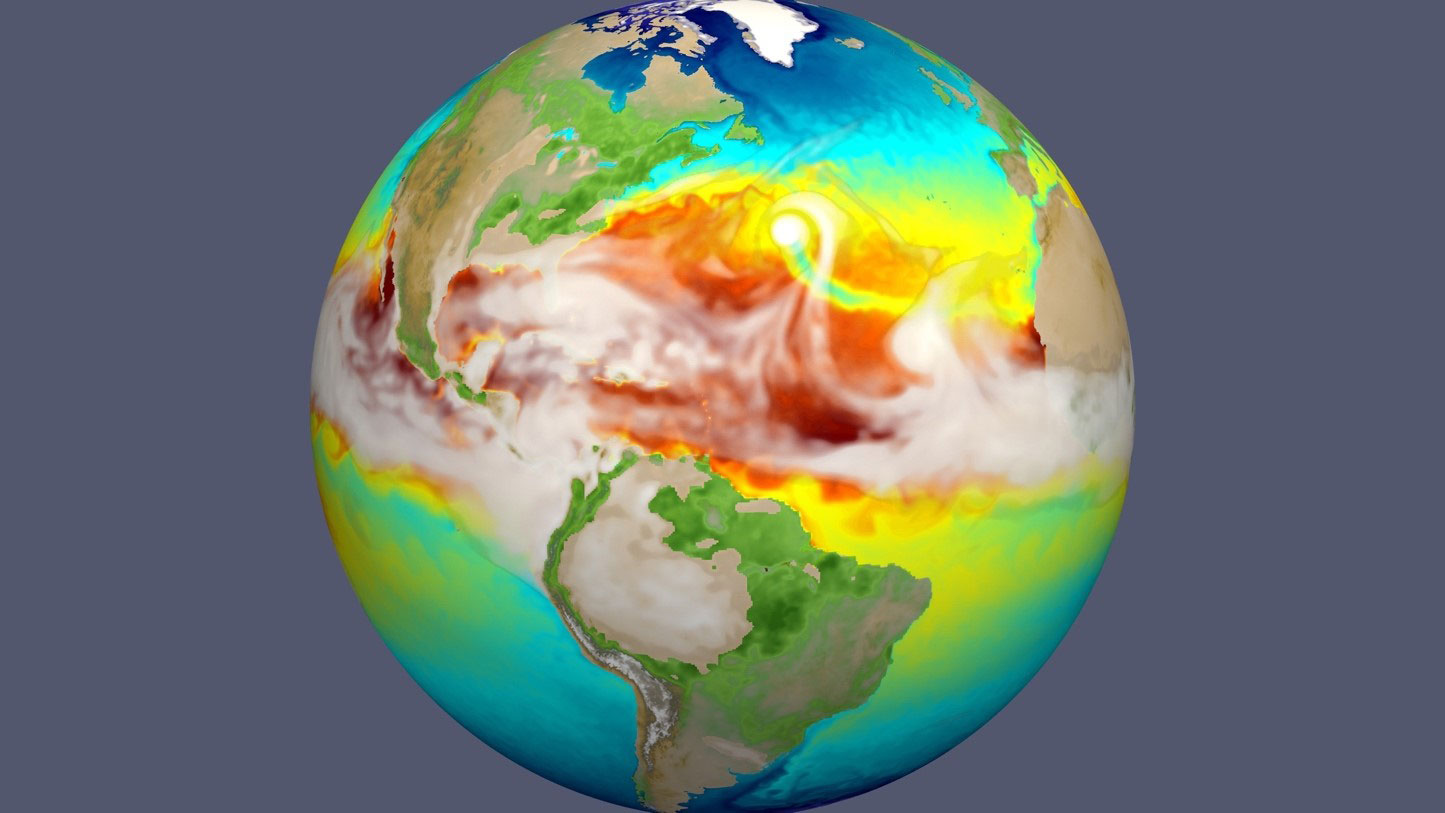
Scientists use supercomputers to determine how reliably a popular Earth system model represents precipitation regionally and globally.
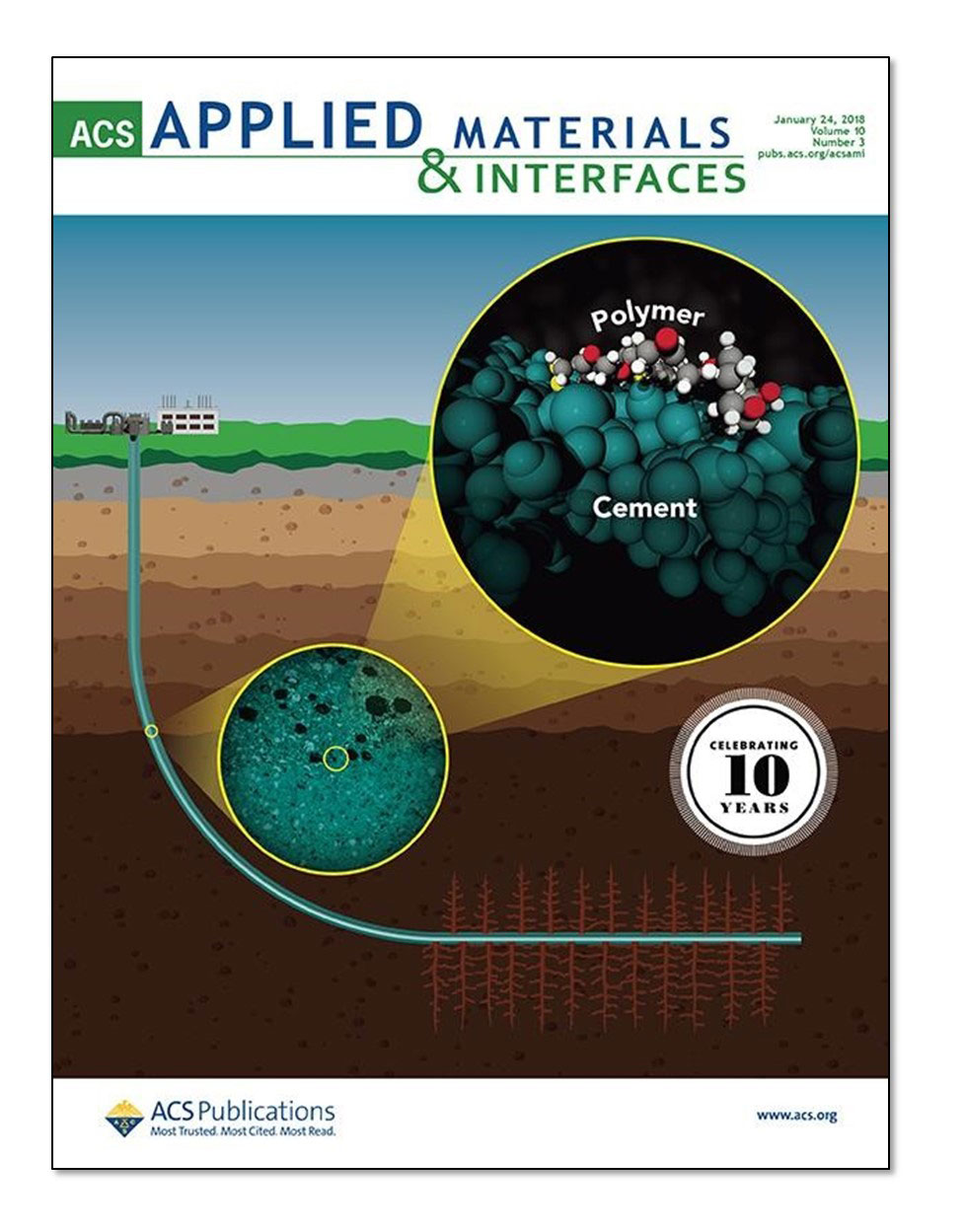
A first-of-its-kind computer simulation reveals self-healing cement for geothermal and oil and gas wells performs better than originally thought.
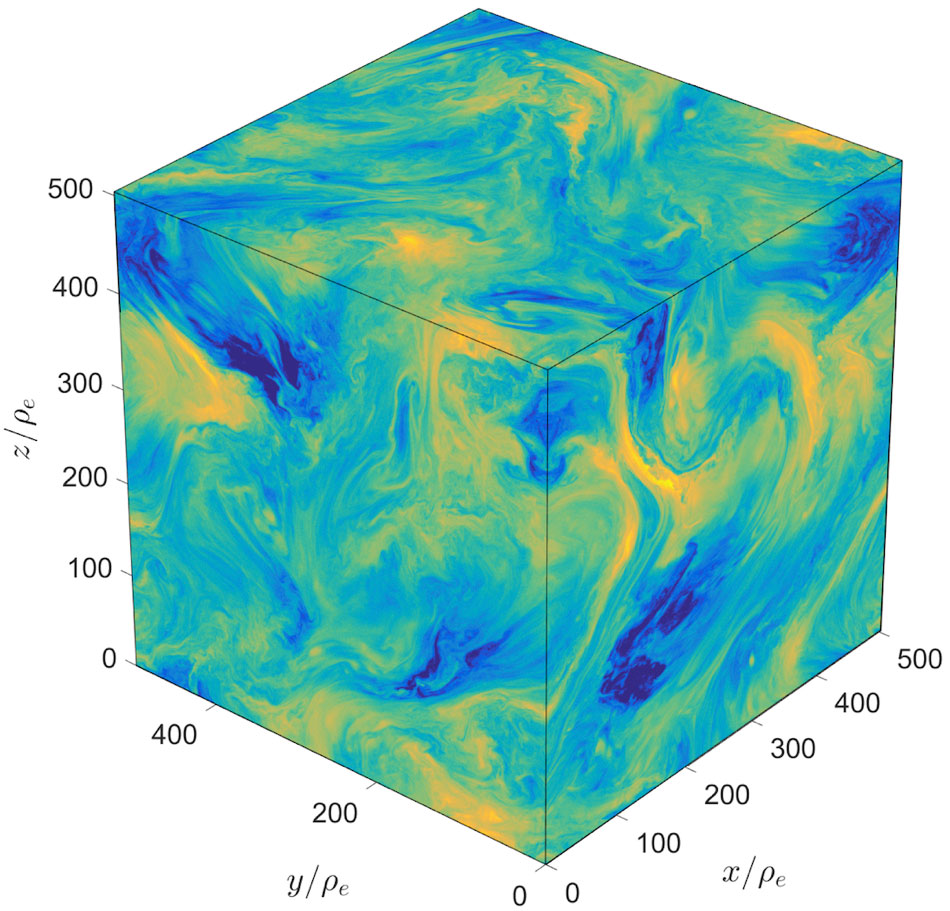
Particles act in a way that justifies extrapolating simulation results to astrophysical scales.
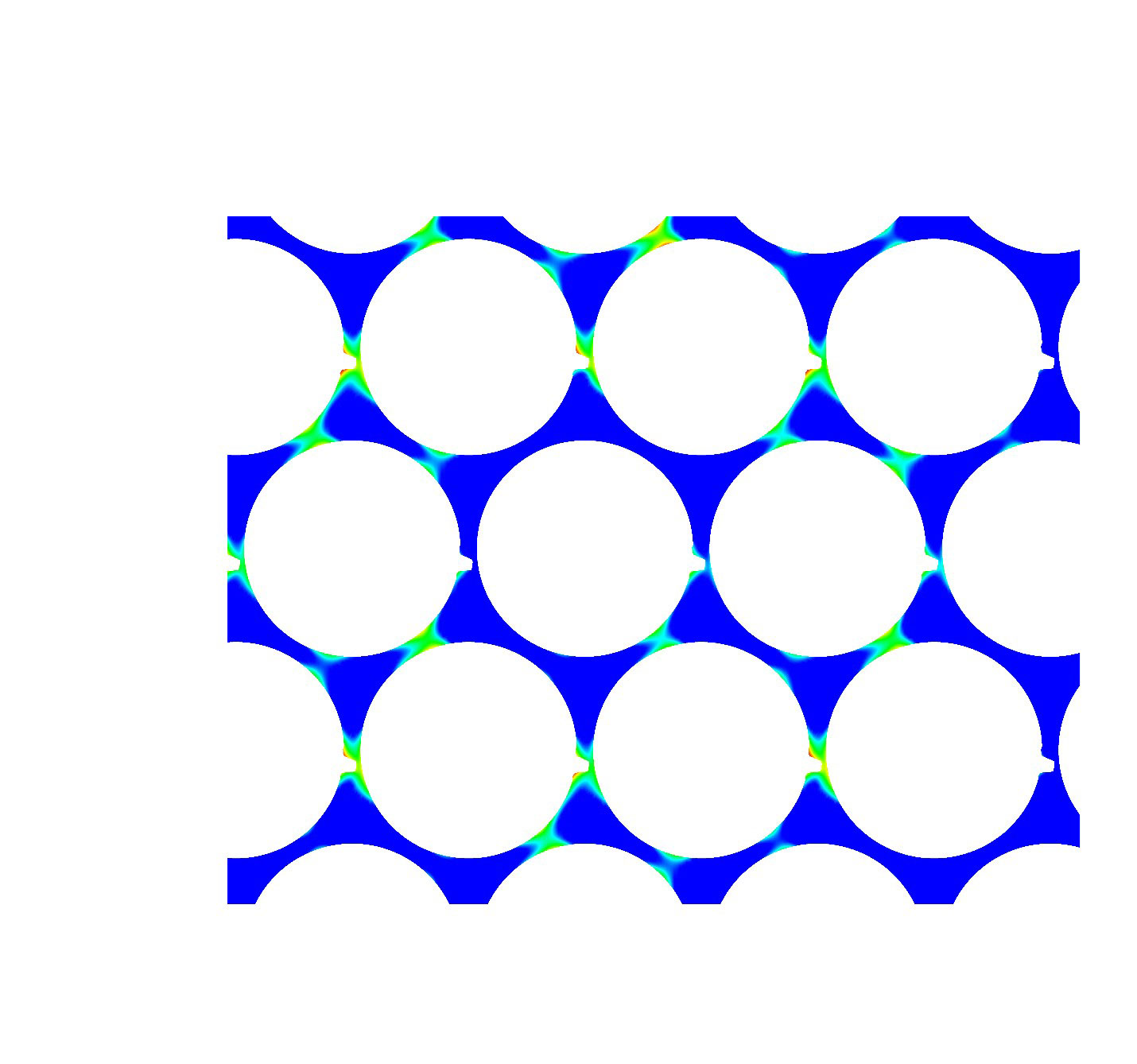
Engineers can model heat distribution in reactor designs with fewer or no approximations.
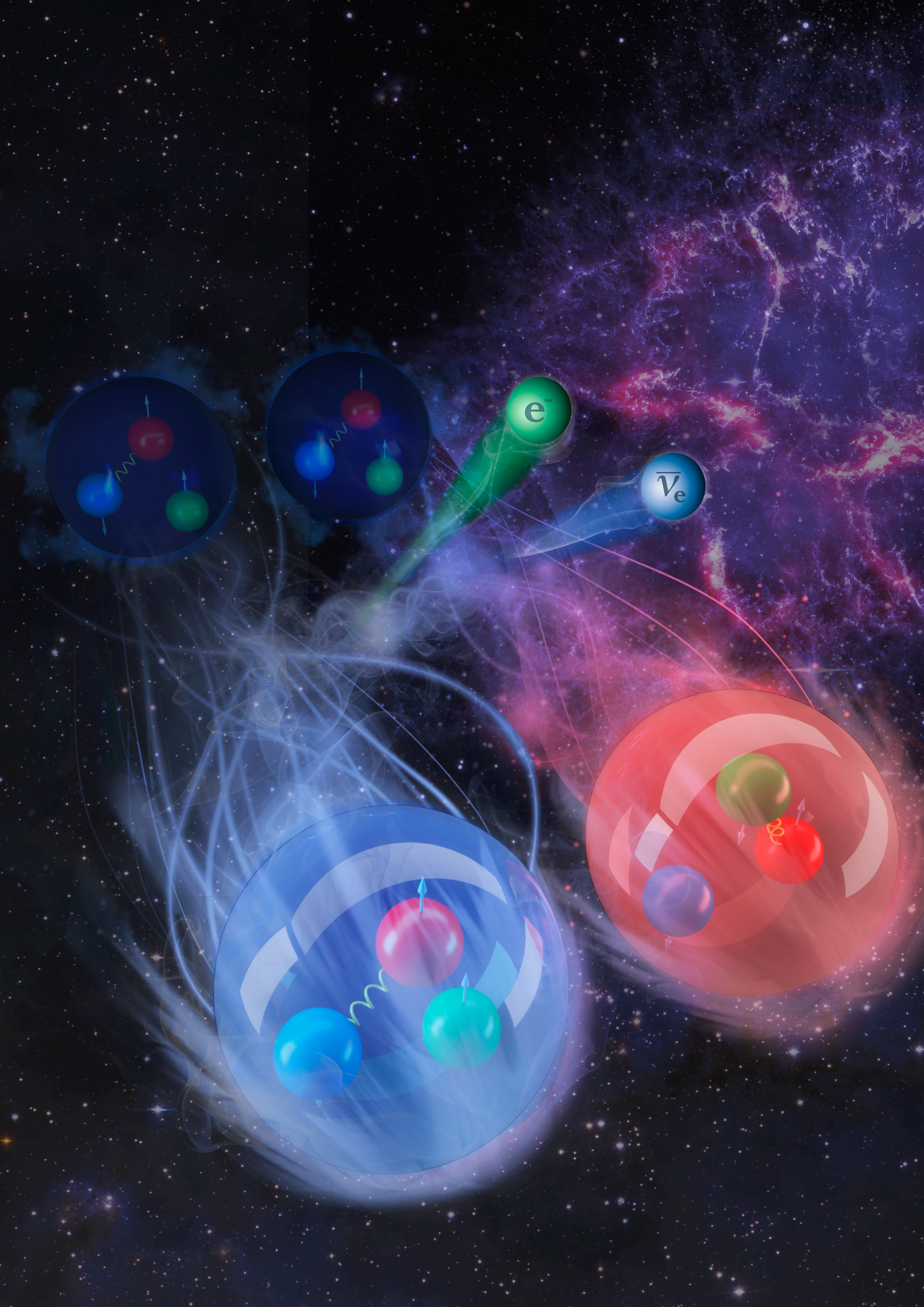
Researchers use advanced nuclear models to explain 50-year mystery surrounding the process stars use to transform elements.

A new route to make metal beneath a layer of graphite opens potentially new applications in solar cells and quantum computing.
Read more about Getting Metal Under Graphite’s Skin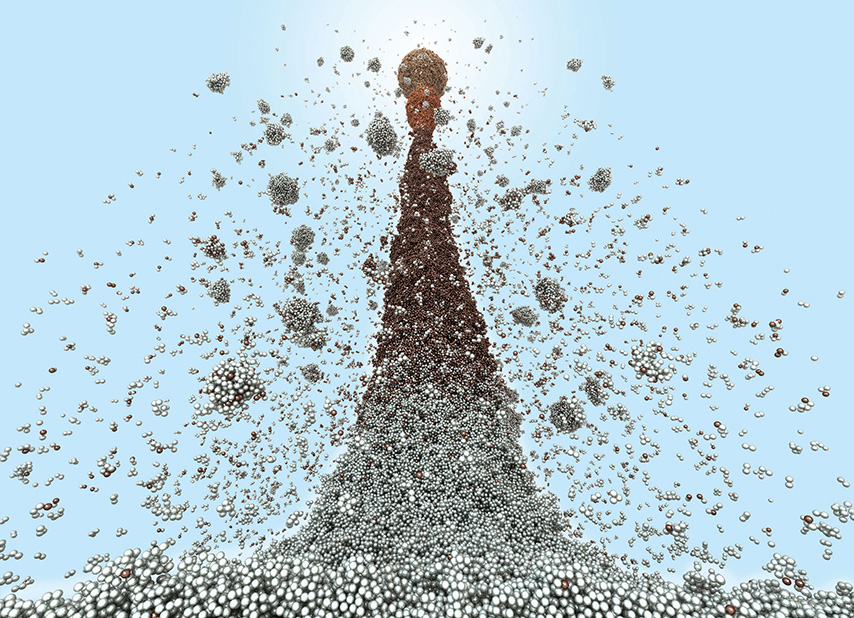
Titan supercomputer tells origin story of nanoparticle size distributions with large-scale simulations.

The Fusion Recurrent Neural Network reliably forecasts disruptive and destructive events in tokamaks.

Antiquark spin contribution to proton spin depends on flavor, which could help unlock secrets about the nuclear structure of atoms that make up nearly all visible matter in our universe.
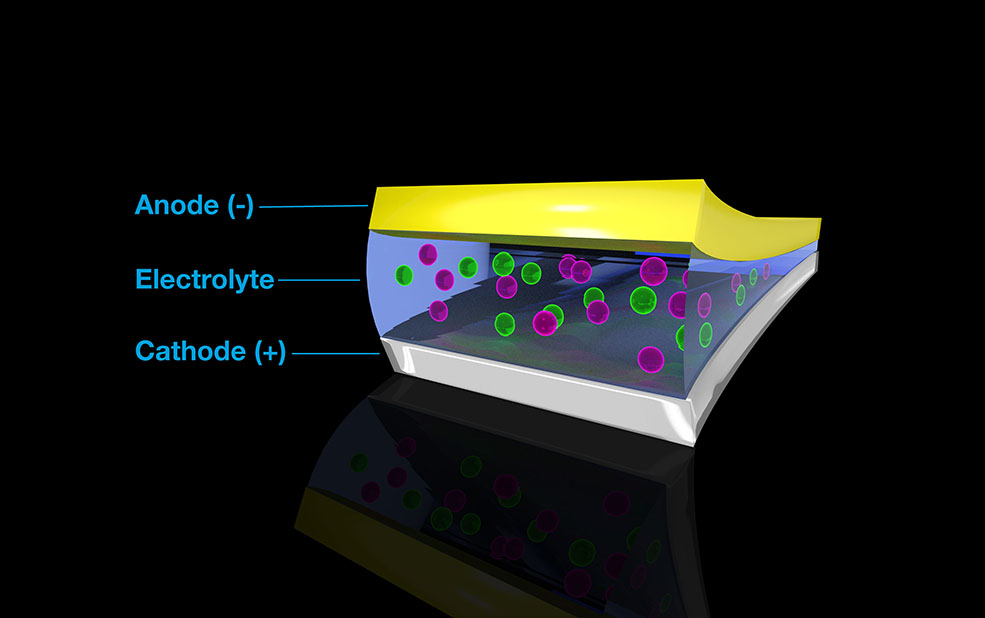
With user facilities, researchers devise novel battery chemistries to help make fluoride batteries a reality.

Global data set shows monthly water use by irrigation, manufacturing, and other uses, helping researchers to analyze water use by region and season.